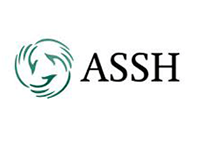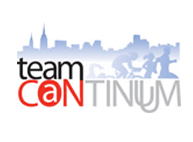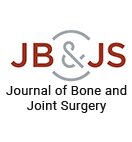Distal Radioulnar Joint Arthroscopy
What is Distal Radioulnar Joint Arthroscopy?
The distal radioulnar joint (DRUJ) is a pivot type synovial joint located between the radius and the ulna just proximal to the wrist joint and assists in pronation and supination of the forearm.
Arthroscopy of the distal radioulnar joint is a minimally invasive surgical procedure employed for the visualization and treatment of the injured distal radioulnar joint using an arthroscope.
The distal radioulnar joint is critical to the working of the forearm as a mechanical unit. The wrist, forearm, and elbow act as an integrated structure to provide a stable, strong and highly mobile support system for proper positioning of the hand and for performing load-bearing activities.
Indications for Distal Radioulnar Joint Arthroscopy
Some of the indications for distal radioulnar arthroscopy include:
- Trauma of the DRUJ
- DRUJ synovitis
- Gout
- Rheumatoid arthritis
- Chondromalacia
- Cartilage defects
- Post-traumatic degenerative changes
Preparation for Distal Radioulnar Joint Arthroscopy
In general, preparation for surgery will involve:
- A thorough examination by your doctor to check for any medical issues that need to be addressed prior to surgery.
- Blood tests, X-rays, or EKG may be required for safely conducting surgery.
- You should inform your doctor of any medications, vitamins, or supplements that you may be taking.
- You will be asked questions with regard to any allergies to medications or anesthesia.
- You should discontinue all anti-inflammatory medications 7 to 10 days prior to surgery to avert any risk of intraoperative bleeding.
- You should also discontinue any blood thinner (anticoagulants) medications, such as aspirin prior to surgery.
- You should not consume any solids or liquids at least 8 hours prior to surgery.
- You should arrange for someone to drive you home as you will not be able to drive yourself post surgery.
- A written consent will be obtained from you after the surgery has been explained in detail.
Procedure for Distal Radioulnar Joint Arthroscopy
The procedure for DUJ arthroscopy will involve the following steps:
- General or regional anesthesia will be administered.
- You will be placed in a face-up position on the operating table.
- Your elbow will be flexed to 90 degrees and the upper arm is seated in a traction tower.
- The wrist is placed in full supination to enable access to the DRUJ.
- Your surgeon then makes a few small keyhole incisions near the wrist.
- A medical device called an arthroscope, a flexible fiber-optic tube with a high-intensity camera and light attached at the end, is inserted through one of the incisions to visualize the inside of the joint.
- Miniature surgical instruments are inserted through the other incisions to repair any DRUJ injuries or instability.
- Once the repair is completed, the scope and other tools are removed, and the keyhole incisions are closed with stitches and a bandage.
Postoperative Care and Instructions of Distal Radioulnar Joint Arthroscopy
The general postoperative care and instructions involve:
- You will be transferred to the recovery area to be monitored until you are awake from the anesthesia.
- You can expect pain and soreness in the wrist area. Pain medications will be prescribed for comfort.
- You should apply ice over the surgical site intermittently for at least 7 days to decrease swelling and relieve pain.
- Bathing and incision site care instructions will be provided to keep the bandage clean and dry.
- You may be placed in a splint to immobilize the arm for a couple of months to promote healing.
- A continuous passive motion (CPM) machine may be advised to facilitate adequate motion of the arm.
- Physical therapy will be scheduled to help with range of motion and strengthening with the objective of recovering 85 percent of “normal” forearm rotation by 6 months.
- Refrain from any strenuous activities and lifting weight greater than 10 pounds for at least 4 months and gradually increase your activity level with light activities.
- Strictly adhere to scheduled follow-up appointments to monitor your progress.
Risks and Complications of Distal Radioulnar Joint Arthroscopy
Some of the risks and complications associated with DRUJ arthroscopy include:
- Bleeding
- Infection
- Pain and weakness
- Anesthetic complications
- Damage to adjacent structures
- Stiffness
- Recurrent instability
- Failure of surgery
- Need for additional surgery








